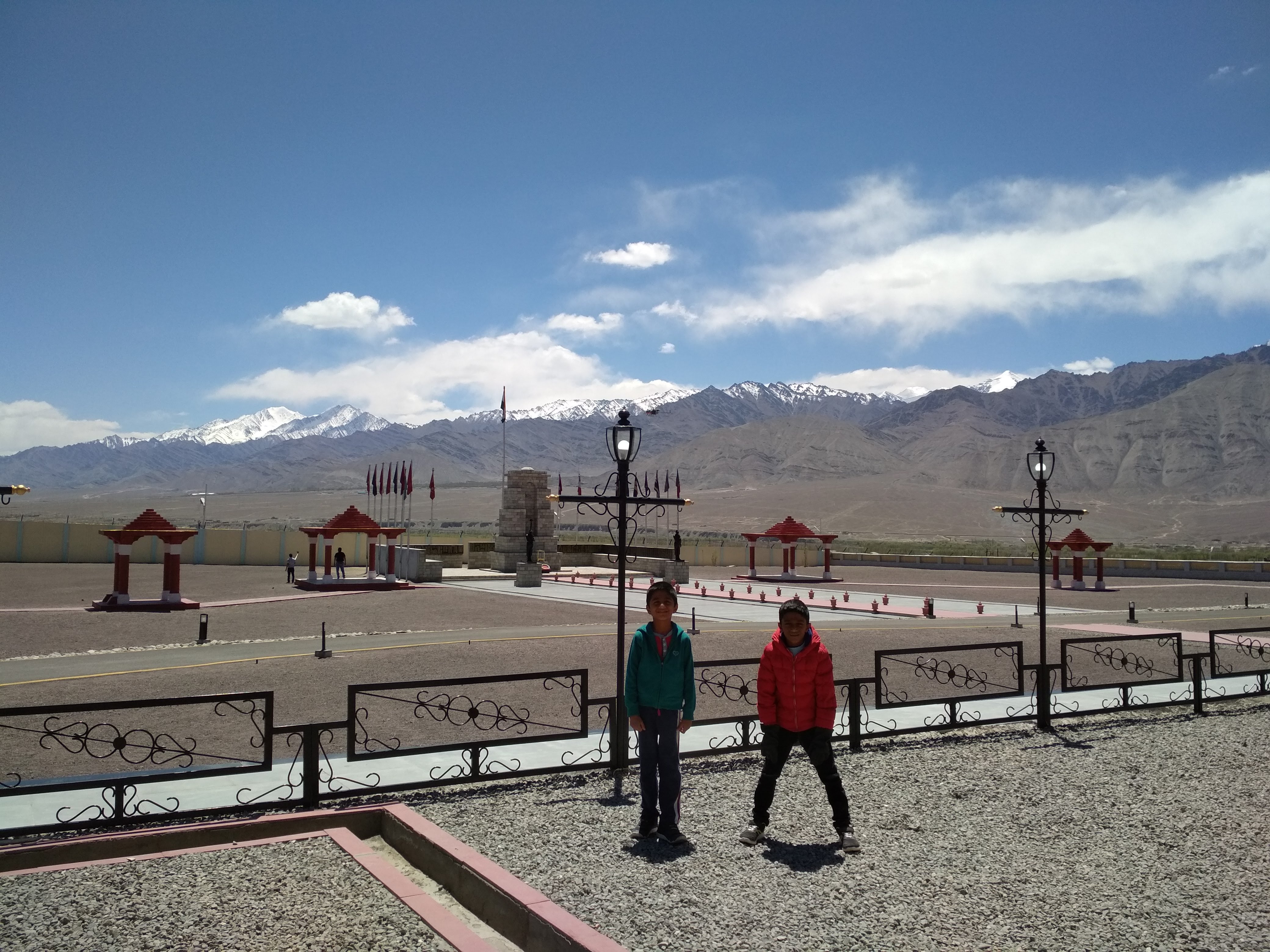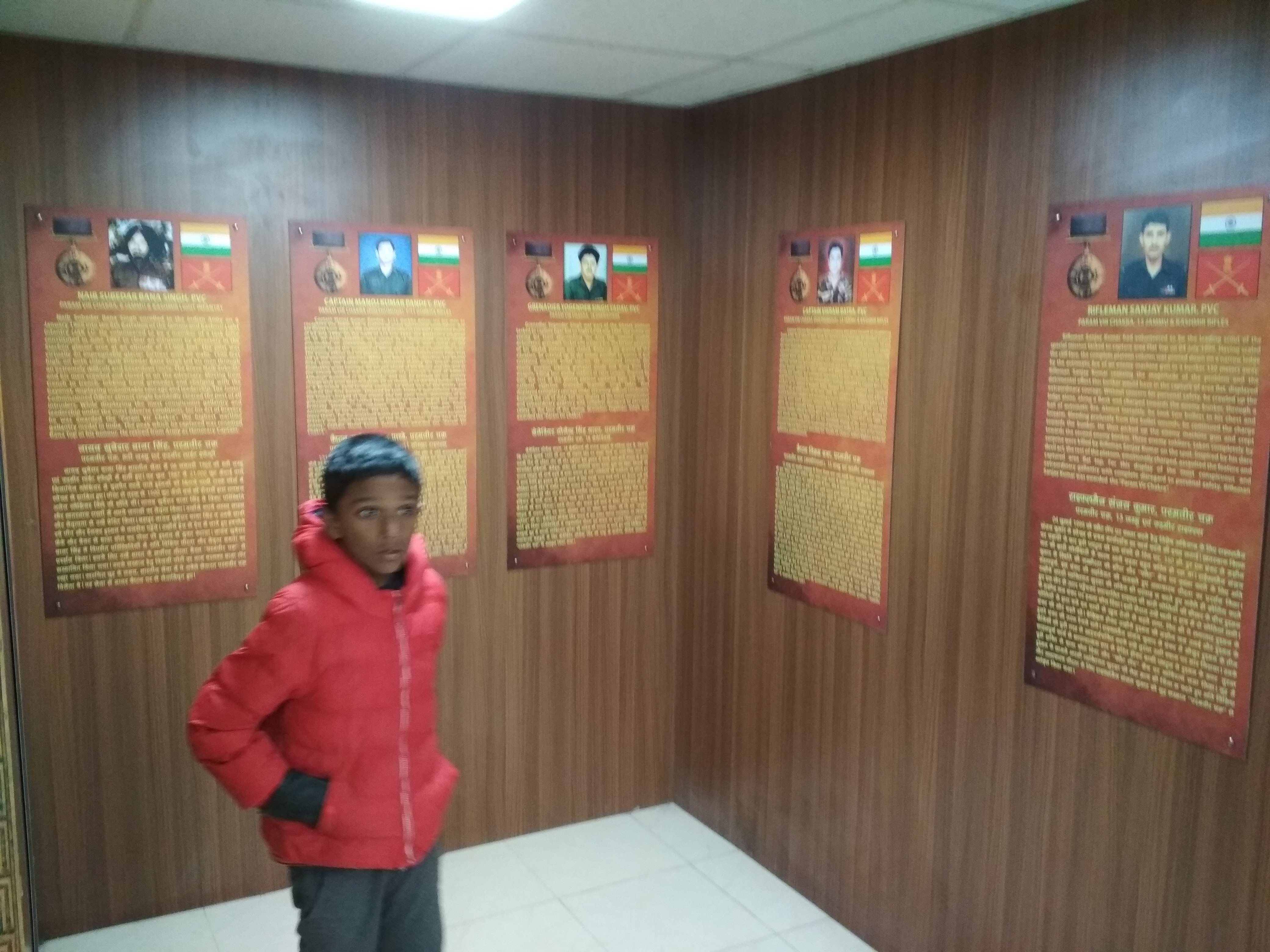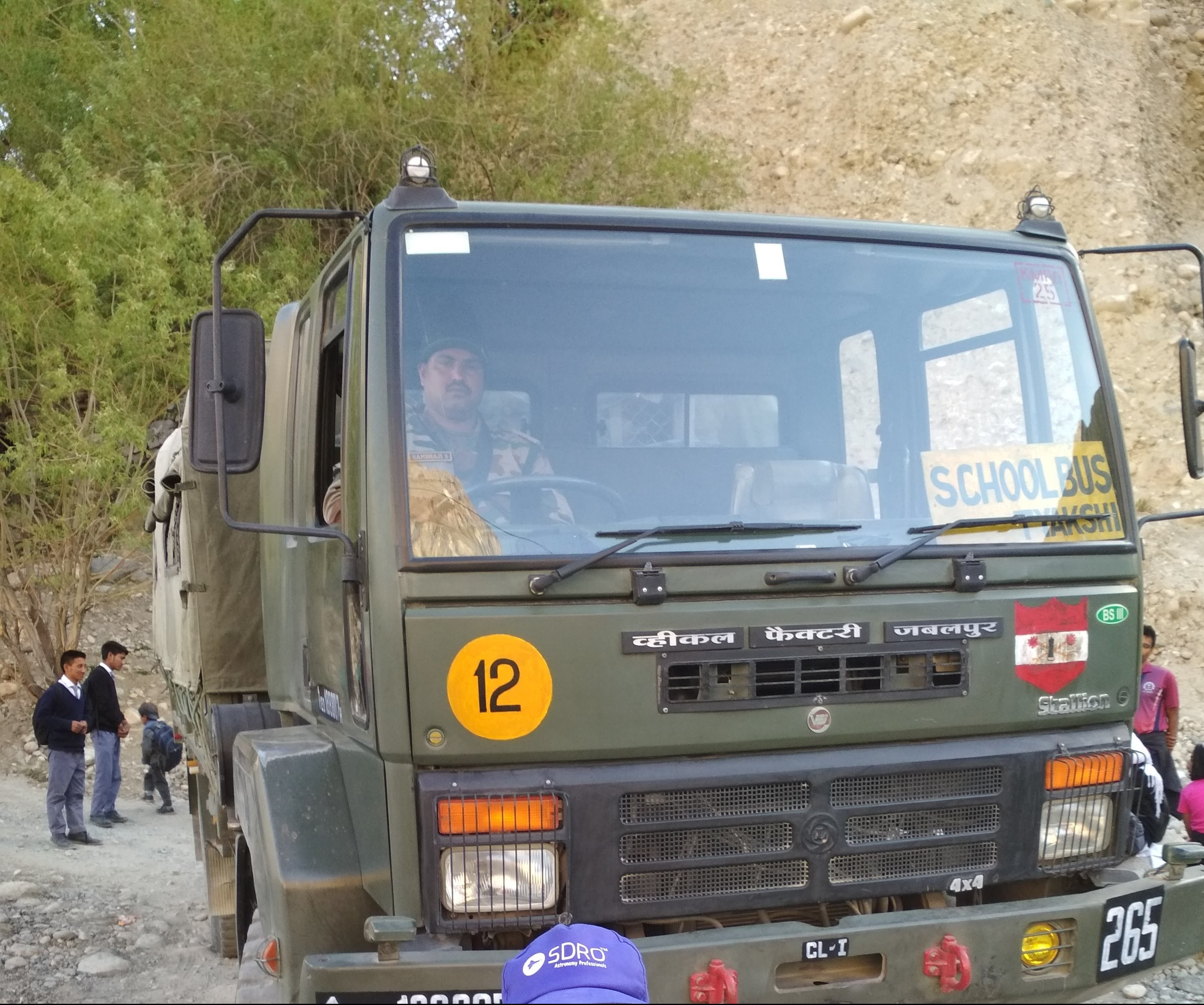The events in Kashmir over the last two weeks have horrified and saddened the nation.
As much as one likes to keep children away from that kind of disturbing news, it is at the same time, imperative to introduce them to worldly issues and realities.
I for one, do not subscribe to the idea that children ought to be told only happy stories, particularly those with fairies and pixies, giants and monsters. (No prizes for guessing I’m no fan of fantasy fiction!) So, I often tell my children about the not-so-pleasant happenings in the world including war and violence.
Consequently, one of the first stops we made when we visited Ladakh last summer was the Hall of Fame, the Museum and War Memorial of the Indian Army in Leh.

Unlike many museums one sees across India, this one is large and spacious, well laid out and organised. It starts with an introduction to the terrain and landscape, a brief peek into the flora and fauna and then goes into the history of the land and the battles fought by the Indian Army.


The exhibits are well laid out, the narrative descriptions are clear and lucid.
After the brief overview about life in Ladakh, its people, its landscape and so on, one moves on to the section focused on the Indian Army and its operations in the region.
One gets a glimpse into the life of an Indian soldier serving in those dizzying heights.

It is moving to read the stories of the Param Vir Chakra awardees and understand the sacrifices they made for the nation.
One is also introduced to details of the various battles that have been fought in the region and the strategic importance of certain peaks and positions is explained in a way civilians can understand.
You can also see the weapons used in the war, the arms and ammunition, the apparel and the amenities used at those high altitudes, including the special gear for dealing with the cold and low oxygen levels, special equipment to treat soldiers who suffer from mountain sickness etc.

My children are not usually fond of museums (despite my love for them) and they often plead with me not to take them to yet another museum! However at this Army Museum in Leh, the tables turned. My son pleaded with me to take him back there repeatedly.
He even insisted on staying back in the cold of the evening for a sound and light show that they have at the Museum.

The Hall of Fame has this wonderful open area outside where children can pretend play like soldiers in the Army by rope-climbing, rock-climbing and more. This made the Museum visit both informative and fun for the kids.
As one travels around Ladakh, one notices army personnel working tirelessly. The Border Roads Organisation clears the roads of snow and keeps them functional. It is very hard work.
Over the next few days, as we traveled around Ladakh, my son saluted every passing Army jawan and truck with great enthusiasm. He had grown to admire them for the work they were doing and realized something deeper about the armed forces.


There is no mobile network. Nowhere to stop for tea and snacks. The terrain is harsh. The weather is savage. The conditions are unforgiving.
To stand there even for a few minutes is struggle. It is hard to even imagine how these men live there for months, let alone serve and fight pitch battles.

The oxygen in some places is so low one is found panting after climbing up a few steps. Headaches, dizziness, altitude sickness are all considered par for the course for those who visit Ladakh.

To be honest, on the question of the Military, I have gone from having an idealistic and philosophic view to a more realistic and practical one – from questioning the reason for wars to understanding that it is a harsh reality one has to live with.
Nevertheless, it is important for children to understand that the good life they have is built upon a certain foundation. Part of that foundation is the sacrifice of a number of people whom they may never see or meet.
The freedom fighters of the era bygone and the soldiers and the farmers ever since. Without their contribution, the edifice and structure of our lives would come crumbling down. I think to be made conscious of this is an important step in becoming a responsible citizen. My son learnt that valuable lesson at the Army Museum that day.
Returning to the Museum and the letter once again…

Col Thapar writes after the death of his son…
“In death you have epitomised the spirit of national pride and honour which makes every sacrifice worthwhile. Your actions will forever inspire generations of Indians to come.”
After I had read out the letter to my son repeatedly, I continued to other objects in the museum. After a while, I noticed my son was still glued to that same spot, reading the letter quietly to himself. I went back to him, asked him if he was okay. He looked at me and said “Amma…I also want to join the Indian Army!”
————–
If you have something to share about Army Museums and War Memorials in India, do write in with your stories.
For more on Ladakh, check out
